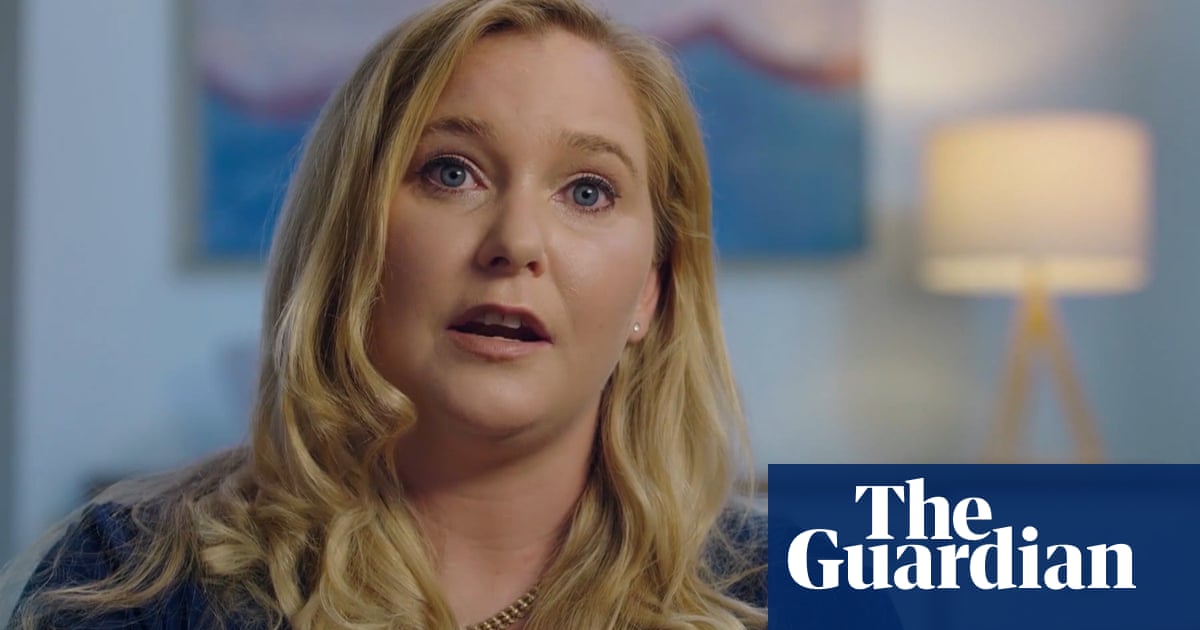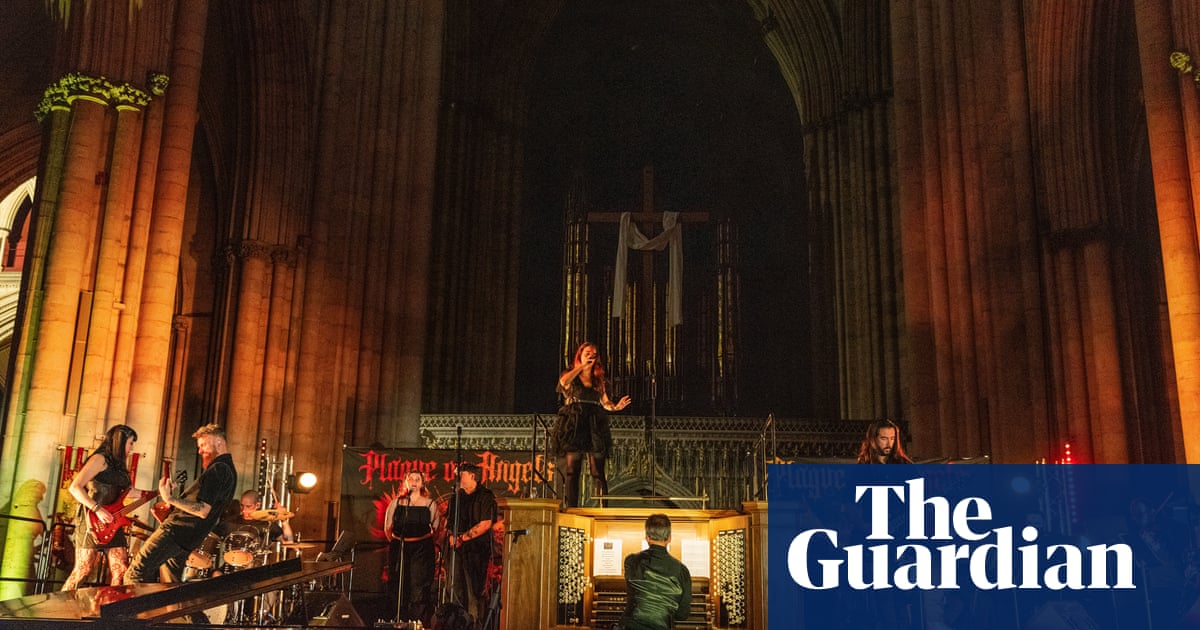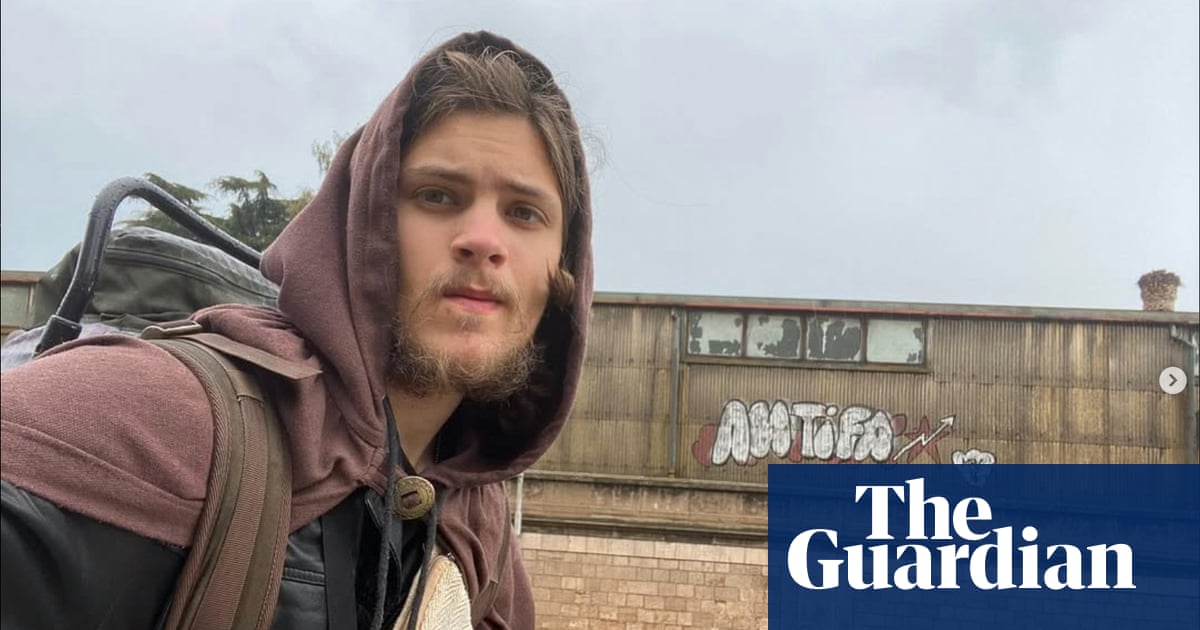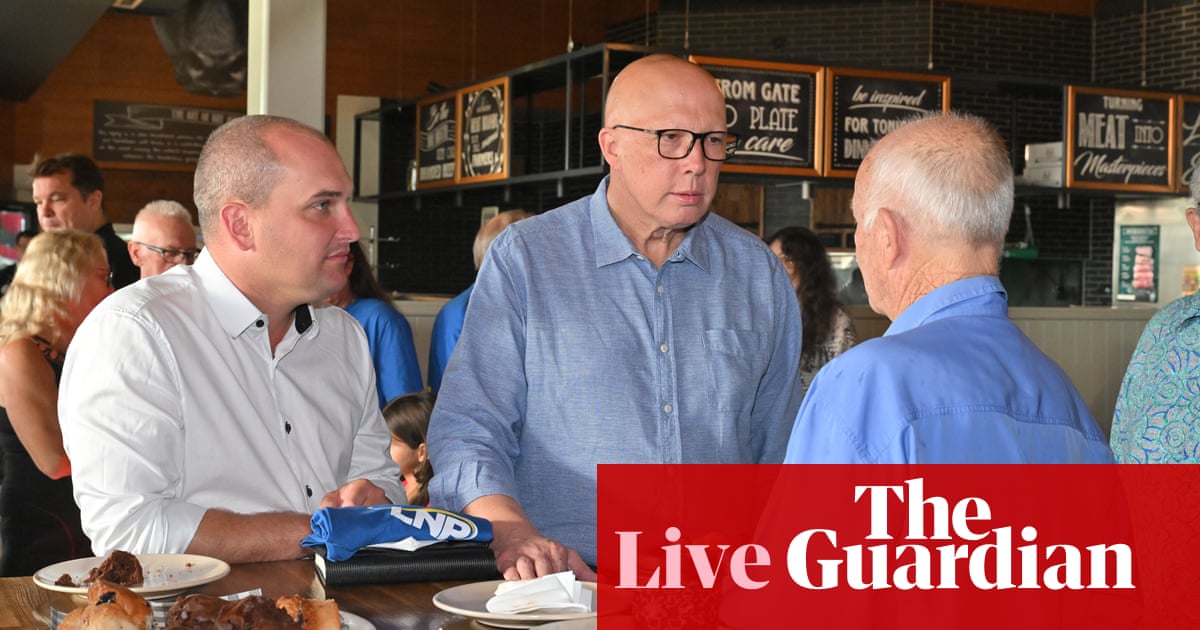The US vice-president, JD Vance, has arrived in India for talks with the prime minister, Narendra Modi, on a bilateral trade deal as the US tariff war with China escalates and the US global economic alliances fray.
Vance, joined by the second lady, Usha Vance, and their three children, Ewan, Vivek and Mirabel, landed in Delhi on Monday for a four-day visit that blends high-level negotiations with a family sightseeing tour. The Vance family was greeted at the airport by railways minister Ashwini Vaishnaw. They stood under a red canopy that shielded them from the blazing sun as soldiers stood in salute and a military band played the US anthem.
The White House described the visit as focused on “shared economic and geopolitical priorities”, while India said Vance’s stay would “provide an opportunity for both sides to review the progress in bilateral relations”.
Talks will centre on fast-tracking a trade pact amid Washington’s global tariff offensive, even as farmer protests and tensions over US immigration threaten to overshadow the trip.
India was hit with 26% tariffs by Donald Trump on 2 April despite his good relations with Modi. A 90-day pause has offered temporary relief but Delhi remains wary.
To head off further economic fallout, officials in the Indian capital have been working overtime to hammer out the first tranche of the trade deal that both sides hope to have completed by autumn. India has already slashed tariffs on some US goods and further sweeping cuts are expected.
The US is India’s top trading partner, with two-way trade surpassing $190bn (£144bn). That relationship was boosted after Modi paid a goodwill visit to Washington after Trump’s return to the White House. Both leaders pledged to more than double bilateral trade to $500bn – a “mega partnership”, as Modi called it.
But not everyone is happy. On 21 April, the day of Vance’s arrival, India’s biggest and oldest farmers’ union, the All India Kisan Sabha (AIKS), has called for nationwide protests to oppose a trade deal. The union says trade liberalisation could devastate farm incomes, particularly in the dairy sector.
The AIKS, affiliated with the Communist party of India, claims more than 16 million members and has accused the US commerce secretary, Howard Lutnick, of “coercion” in demanding that India’s heavily subsidised agriculture sector be part of the deal.
Meanwhile, memories are still fresh in the Modi government of large-scale farmer protests in 2020–21 that forced the repeal of controversial farm laws.
Tensions are also flaring over student and H-1B visas, often awarded to tech workers. The Congress leader Jairam Ramesh has flagged US data showing that of 327 recent visa revocations for international students, half involved Indian nationals.
“The reasons for revocation are random and unclear. There is growing fear and apprehension,” Ramesh said, urging the external affairs minister to “raise the concern” with the US.
The American Immigration Lawyers Association says US immigration officials are “aggressively targeting international students”, including those with no protest history.
Concerns over H-1B visas, long vital for Indian tech workers in the US, are mounting, too. Indians accounted for 70% of all H-1B visas last year, more than 200,000. Uncertainty over re-entry is prompting many to cancel visits home.
The ministry of external affairs spokesperson Randhir Jaiswal said the government was “very positive” that Vance’s visit would “further boost” ties and promised “all relevant issues” would be discussed.
Vance’s time as vice-president has been marked by his assertive “America First” foreign policy. On a European tour, he raised tempers by criticising allies’ defence spending. In March, during a Greenland stop, he caused consternation by saying: “We have to have Greenland. It’s not a question of ‘Do you think we can do without it?’”
Vance’s India visit comes just after the head of US intelligence chief, Tulsi Gabbard, was in Delhi to bolster the Quad – the four-nation security grouping of the US, India, Japan, and Australia – seen as a counterweight to China’s growing clout.
Xi Jinping, the Chinese president, has also been on a south-east Asia charm offensive, promoting Beijing as a steadier and more dependable economic ally than Washington.
Although Vance is primarily on a working visit, his trip will have a strong personal element. The family will tour the royal palaces of Jaipur and the iconic Taj Mahal. Officials say the “private component” underscores Usha Vance’s Indian roots – she was born in the US to Indian immigrants – and deep ties to India.










